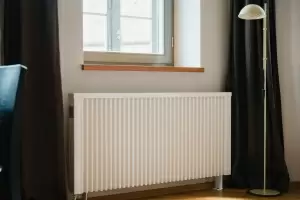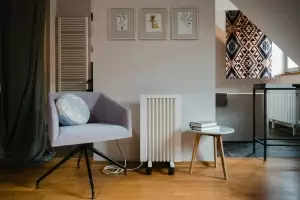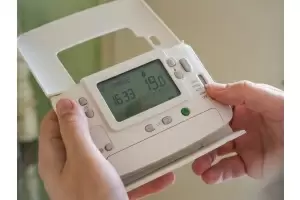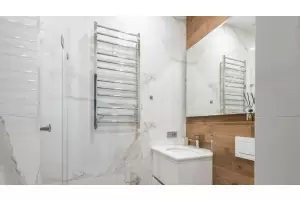You may need to calculate a price for replacing your radiator for one of two main reasons: either you’re renovating your room and you want to update it for style or practical reasons, or it’s faulty and needs to be replaced. Either way, keeping costs down is always preferable and it’s essential that you start with at least some idea of what the final cost will be.
But how do you estimate this when you’re not a professional? Here we go over some of the typical costs, provide some crucial recommendations and add in a few extra tips for getting the most out of your new radiator.
What are the basic costs to replace a radiator?
To answer the most urgent question that people may have, let’s consider what it costs to simply take out your current radiator and replace it with a new, similar model. This is the kind of project you may be leaning towards in an emergency when simply getting your heating system working again is the main objective on your mind.
Typically your costs will be made up of two main elements:
- The new radiator itself, which could cost anything depending on what you need. The most basic radiators start from under £100, more attractive and effective models can cost a few hundred, and the most expensive designer radiators run into the thousands.
- The time spent by your plumber to drain the radiator, remove it, clean the connections and valves if required, fit the replacement radiator and connect the system back up. This usually takes a maximum of two to three hours for a professional, which might cost up to £200-300.
What additional options could I have to pay for?
Depending on your requirements and preferences, you might want to add some extras to your radiator installation job. This might be worth the cost for you, but you need to ensure you work this out in advance. These options may include:
- Thermostatic valves which allow you to set the desired temperature and control the heat produced by the radiator automatically, which cost more but can save money on energy bills by switching off your heating when it’s not needed Additional radiators to heat a larger room more effectively from the same system
Of course, you always run the risk of getting into unexpected problems whenever you have work done in your home, especially if you’re tackling a problem that has been left unattended for years. However, in most cases, replacing a radiator is not a complex task and you should be able to get it done under budget as long as you only deal with respected professionals.
 Sales & Support
Sales & Support  Open Mon - Fri 9am to 5.30pm
Open Mon - Fri 9am to 5.30pm



